Big
TPF Noob!
- Joined
- Apr 22, 2009
- Messages
- 1,227
- Reaction score
- 0
- Location
- New Hampshire
- Website
- coffmanimages.webs.com
- Can others edit my Photos
- Photos NOT OK to edit
You know what bothers me? No this has nothing to do with TPF as some others have complained on here before... I find it very frustrating knowing that most of the pictures that are good are mostly done with editing. I could be wrong but I am looking at some shots from the weekly email I receive from DPS and it's obvious that there is editing. It seems like the only way to get a good shot today is by editing it. It's a buzz kill to think that the majority of the shots I take will only look good after being run through in photoshop with a fine tooth comb. I'm not saying I don't like editing but some pictures I've seen look like a cartoon cause the colors are so boosted or whatever. It doesn't seem like there are many true photographers anymore. Think of the people who shoot film. They had no editing programs years ago. They perfected the shot in the camera and thought more about pushing the shutter button. It's just something that I have been bothered by lately.


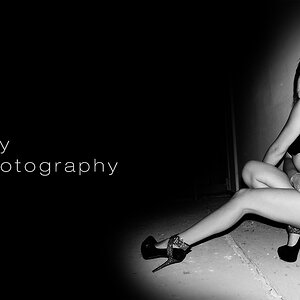
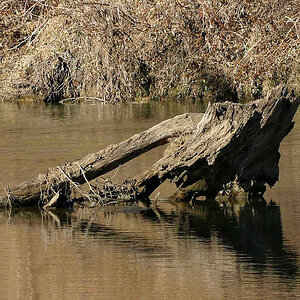

![[No title]](/data/xfmg/thumbnail/37/37525-e6d8ac7dbf90f97648e351449fc9330f.jpg?1619738130)

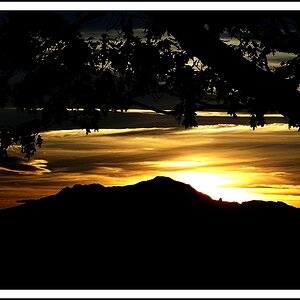
![[No title]](/data/xfmg/thumbnail/39/39290-dfb3e819bd94a7f30797638ae1ae27cf.jpg?1619738958)
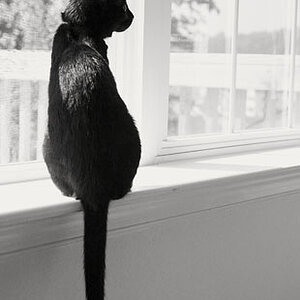
![[No title]](/data/xfmg/thumbnail/37/37524-6c51828efbc2361f9cfed53f63f28aa2.jpg?1619738130)
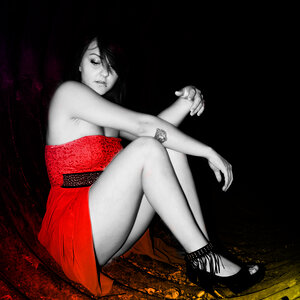
![[No title]](/data/xfmg/thumbnail/39/39294-339c772c727b255b9451f2639f2bc28e.jpg?1619738959)
